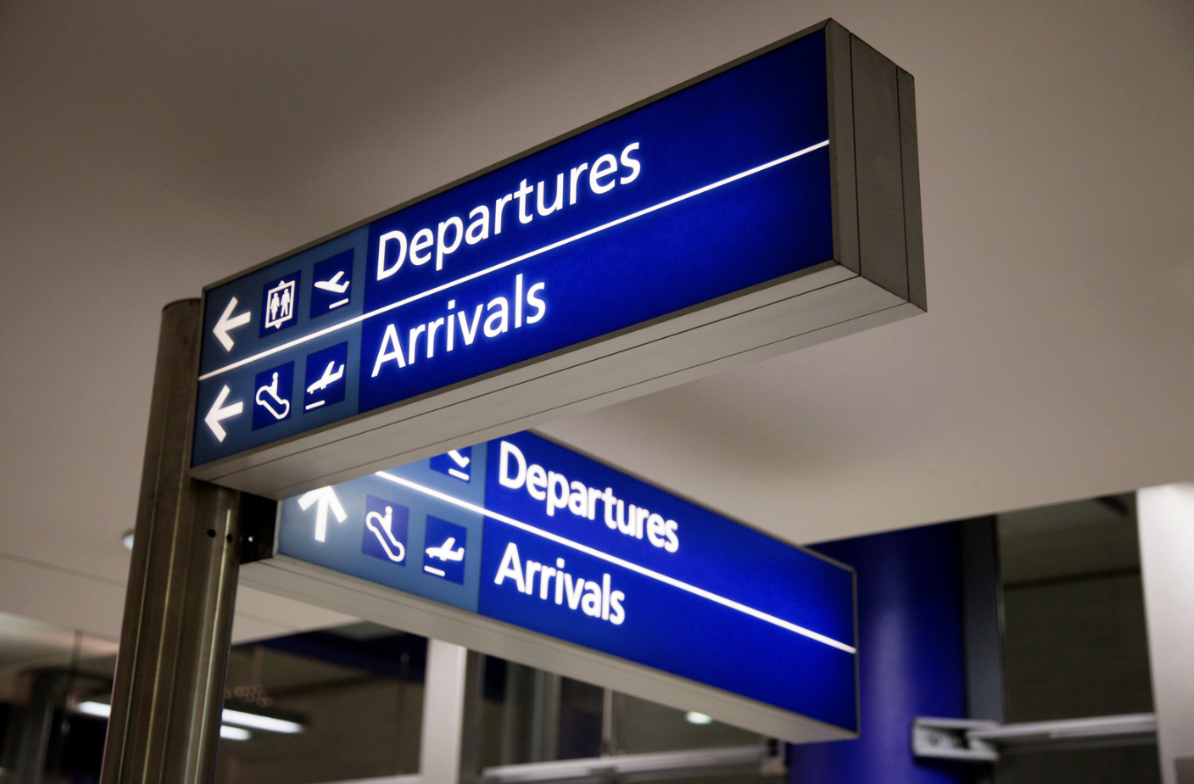Employing Bridging Visa Holders
The number of bridging visa holders in Australia has hit a historic high this year. As at March 2018, there were 194,475 persons with bridging visas in Australia.

The number of bridging visa holders in Australia has hit a historic high this year. As at March 2018, there were 194,475 persons with bridging visas in Australia.
This article will set out different Bridging visas that may be granted depending on the individual’s circumstances.
Bridging Visa A (BVA)
A Bridging visa A (BVA) is typically granted to an individual who makes an application for a substantive visa in Australia, while holding a substantive visa. As an example: A Working Holiday visa (WHV) holder who applies for a Subclass 482 (TSS) visa application prior to the expiry of the WHV, will be granted a BVA, if they are in Australia at the time of lodgement of the subclass 482 application.
The BVA will only come into effect when their current visa expires and will allow the holder to remain in Australia until the application for their substantive visa is finalised.
Work rights
- Only certain BVA holders will automatically have work rights.
- Certain BVA holders will be subjected to work limitation conditions. Example: WHV holder who applies for a subclass 482 visa will be subjected to six-month work limitation on their Bridging visa A.
It is therefore extremely important to carry out a visa verification check to ascertain the relevant visa conditions for a BVA holder.
Bridging Visa B (BVB)
A Bridging visa B (BVB) allows a holder to leave Australia while their substantive visa application is being processed, provided they re-enter Australia within the specified travel period.
Bridging Visa C (BVC)
A Bridging visa C (BVC) allows the holder to remain in Australia while their substantive visa application is being processed. A BVC is typically granted if the holder lodges an application for a substantive visa in Australia but do not already hold a substantive visa. As an example, where a Bridging visa A holder lodges an application for a subclass 482 visa while in Australia, they will be granted a Bridging visa C.
A BVC does not allow the holder to return to Australia if they leave.
Work rights
- A BVC that is first granted at the time the substantive visa is lodged does not usually have work rights.
- A BVC holder who seek work rights will have to make a new bridging visa application to waive the “no work” condition on the basis of financial hardship.
Bridging Visa D (BVD)
A Bridging visa D (BVD) is granted, if the holders substantive visa has ended. The BVD will let the holder remain in Australia lawfully for a short time until they are able to make a substantive visa application, make arrangements to leave Australia or granted a BVE.
A BVD does not allow the holder to return to Australia if they leave.
Work rights
- A BVD does not have work rights.
Bridging Visa E (BVE)
A Bridging visa E (BVE) allows someone to lawfully remain in Australia, if their substantive visa has ended, and they are either:
- Making arrangements to leave Australia
- Finalising their immigration matter or are waiting for a decision on a pending application.
There are two types of BVE:
- Bridging (General) visa (subclass 050)- generally granted to an unlawful non-citizen
- Bridging (Protection Visa Applicant) visa – used in limited circumstances for eligible non-citizens who are prevented from making a bridging visa application under the Migration Act or Regulations
A BVE does not allow the holder to return to Australia if they leave.
Work rights
- A BVE that is first granted at the time the substantive visa is lodged will not have work rights.
- A BVE holder who seeks work rights will have to make a new bridging visa application to waive the “no work” condition on the basis of financial hardship.
How Often Should You Check Work Rights for Bridging Visa Holders?
We recommend carrying out a visa verification check at least once a month for bridging visa holders, as their status can change quite quickly if they receive an outcome on their pending visa application.


